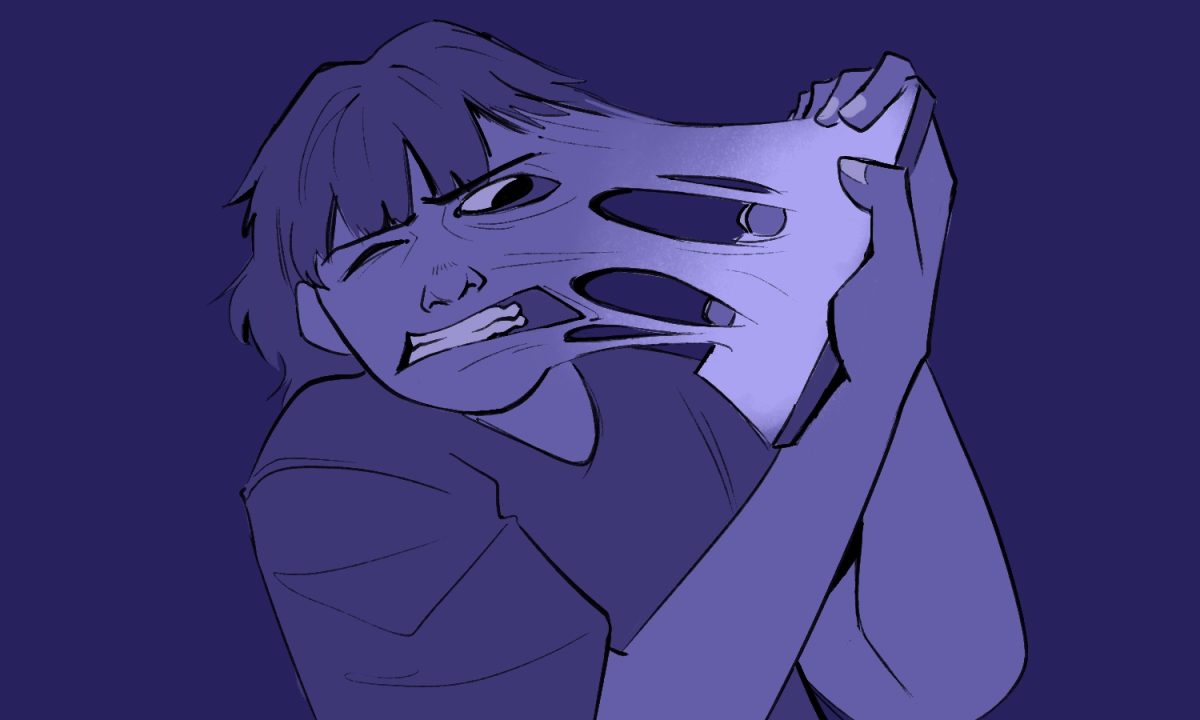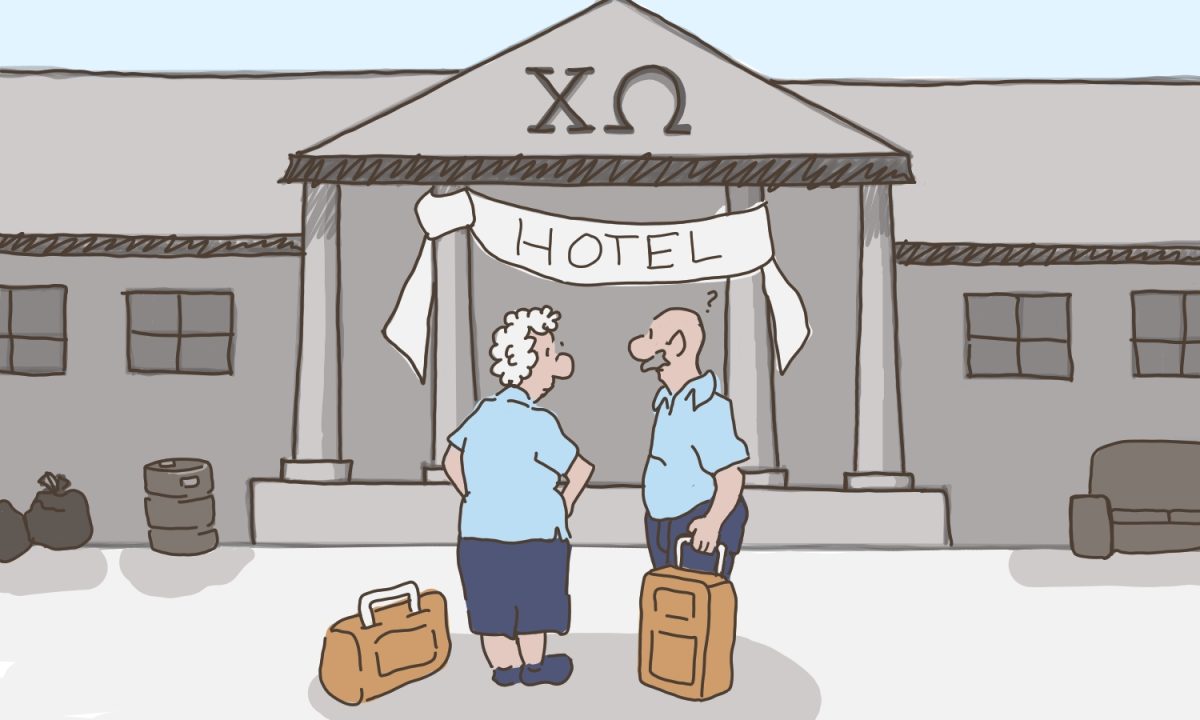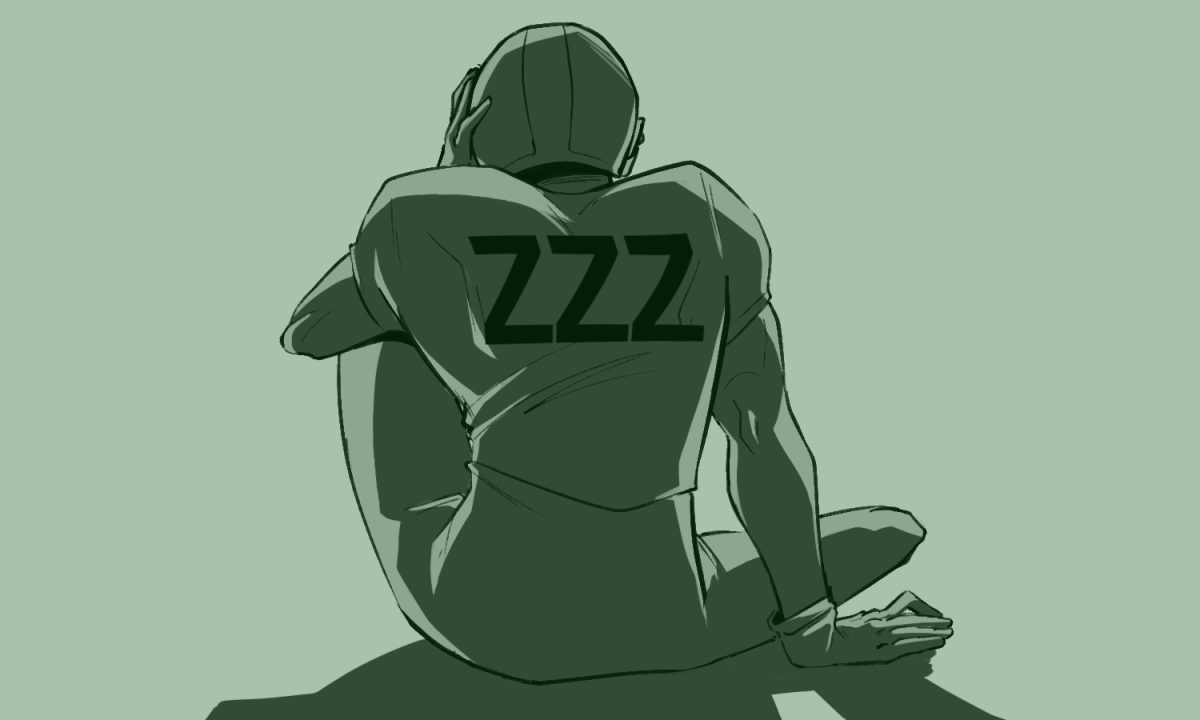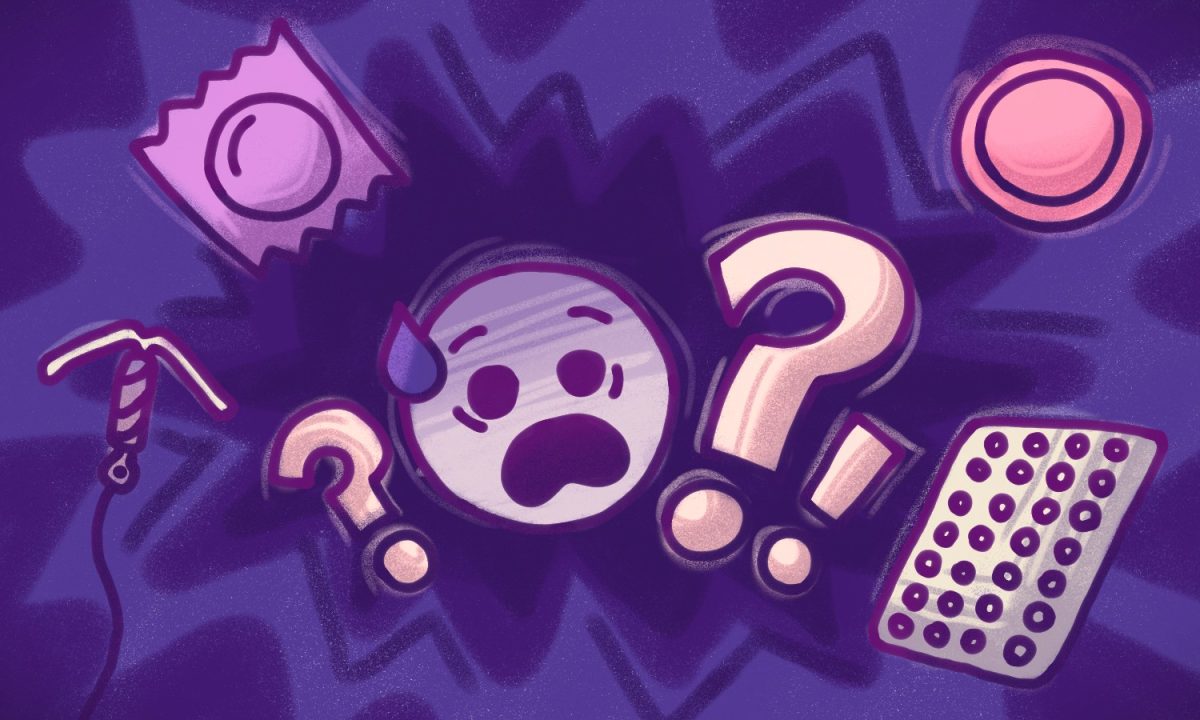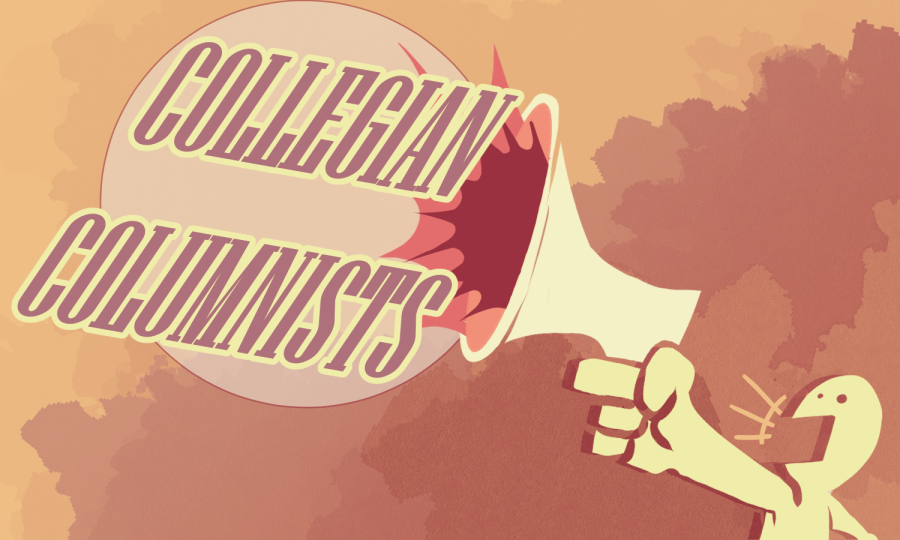Editor’s Note: All opinion section content reflects the views of the individual author only and does not represent a stance taken by The Collegian or its editorial board.
The current generation of college students is one of the first in history that grew up with unrestricted internet access. Unless your parents heavily monitored your online activity, you probably had the whole world at your fingertips when you got your first phone or computer.
While young people can learn a lot from spending time online, one side effect of this is a drastic increase in early exposure to sexually explicit imagery or pornography, and this is something society is seeing the consequences of in young adults today.
Before the age of the internet, it was much more difficult for young people to access porn. Pornographic material consisted of pictures in magazines, posters and videos that could only be obtained as physical tapes and discs, most of which cost money and were age restricted.
Today, pornography has found its way into almost every corner of the internet and is therefore incredibly easy to access. You can find hours and hours of free porn with one quick Google search or on platforms like X, Instagram and even Pinterest if you know where to look.
A major issue with this is that porn can also easily find you, with images and videos popping up in the timelines of unassuming users. This makes it very difficult to avoid if you are a frequent internet user, as most young people are.
“Many now-college students had their first exposure to sex from watching porn, and this can greatly impact how they approach their first real-life sexual encounters. Because porn is incredibly scripted and made to be as aesthetically pleasing as possible, many young people compare themselves and their sexual performances to what they see on screen.”
Porn is not explicitly a bad thing, and watching it is not something that should be shameful. There are numerous ways to watch porn ethically, and this can help people learn more about their sexuality and sexual preferences, or it can simply help make self-pleasure more interesting.
However, the amount of pornographic material consumed by young people today is a major issue, especially because much of the easily accessible porn is extremely fetish driven, antifeminist and graphically violent.
When asked to think of porn, many of us picture the same thing: rough, often heterosexual sex with a clearly established dominant-submissive dynamic, degrading comments, choking, slapping, running mascara and the man calling all the shots.
Additionally, a lot of adult videos feature half-baked storylines that often include themes of prostitution, incest and infidelity. The popularization of these themes has made them more normalized than they should be. This variety of porn — though rather taboo — is by far the most common form to see online, and this is a problem.
While things like pain, choking and other unconventional sex practices can be enjoyed when both or all parties are on board, modern porn has convinced younger generations that this is completely normal and you are “boring” or “vanilla” if you don’t like to engage in such acts. This is damaging to people of all gender identities and sexualities.
Porn has caused many young men to view women as something to be conquered through violent sex acts, and women and other feminine-identifying people feel that they have to suffer through violent sex even if it doesn’t feel good. These beliefs can also seep into life outside of the bedroom, fueling toxic masculinity and the belief that femme people must accept poor treatment from men.
Porn not only sets unrealistic sexual expectations of other people, it also greatly influences how people, especially young people, view themselves as sexual beings.
Many now-college students had their first exposure to sex from watching porn, and this can greatly impact how they approach their first real-life sexual encounters. Because porn is incredibly scripted and made to be as aesthetically pleasing as possible, many young people compare themselves and their sexual performances to what they see on screen.
Young men often worry that they are not big enough or don’t last long enough, and many women worry that their bodies are not attractive enough or that they aren’t making the right faces and sounds. These issues would be much less prominent if people were not exposed to pornographic standards so young.
When a young person who is just beginning to explore their sexual identity sees people in pornography, it can cause immense sexual insecurity and forge a negative relationship with their own sexuality. It is of the utmost importance that to feel comfortable and confident in the bedroom, young people must explore their own sexuality without comparing themselves to adult actors.
The implications of early porn exposure are just now being studied, but it does not take a professional to understand the obvious: Early and consistent consumption of adult content can drastically shape a young person’s view of sex, cause unrealistic expectations and damage their relationship with sex entirely. In order to develop and nurture a balanced, realistic understanding of intimacy and self-worth, decreasing or eliminating one’s consumption of violent and oppressive pornography is a must.
Reach Astrid Thorn at letters@collegian.com or on Twitter @CSUCollegian.




